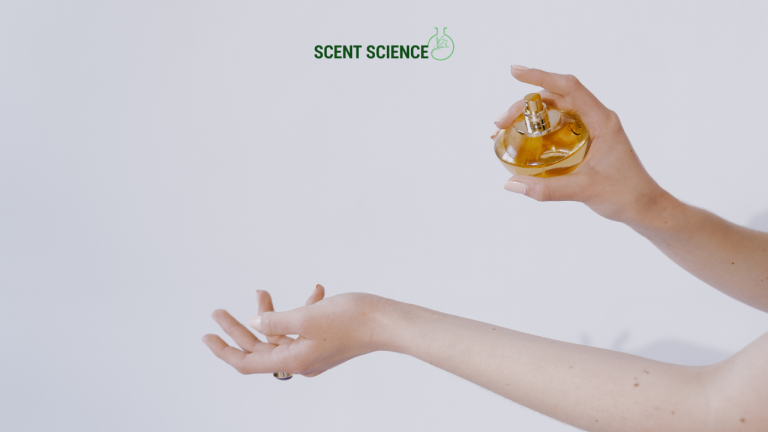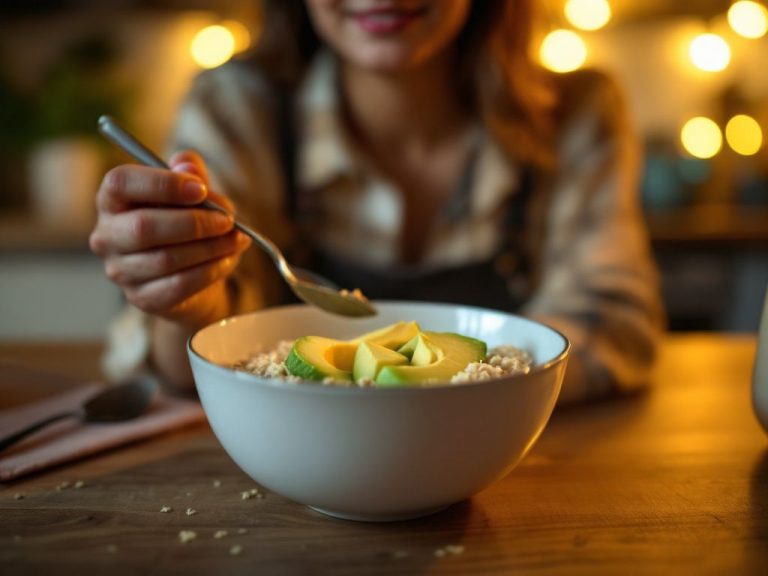Ever noticed an unexpected breakout and immediately blamed stress or that greasy slice of pizza you splurged on last night? Yep, we’ve all been there. But sometimes, your skin woes might not be due to the usual suspects. If you’ve been wondering whether a gluten-free diet could possibly aid in making your skin glow and thrive, you’re in the right place. Let’s dive into the nitty-gritty world of gluten-free living and its impact on your skin health.
Table of Contents
ToggleDiving into the Basics: Gluten and Its Effects
First, what exactly is gluten doing in our lives other than popping up in unexpected places like soups and sauces? Gluten is a protein found primarily in wheat, barley, and rye. And for folks with celiac disease or non-celiac gluten sensitivity, consuming gluten can cause a riot in their guts—and sometimes, strangely enough, on their skin.
What Happens When Your Skin Reacts?
You see, when you eat gluten and you have an intolerance or sensitivity to it, your body might retaliate in unexpected ways. The skin, being the largest organ and our first line of defense, may suffer as a result. Dermatitis herpetiformis, a condition directly associated with gluten sensitivity, causes itchy, blistering skin that is both a discomfort and a skincare issue. Got itchy bumps on your skin? It might be time to give the gluten-free life a shot.
Going Gluten-Free: The Skin Health Adventure

Now, considering going wheat-free might just sound like another diet shake-up with promises that seem, well, too good to be true. How exactly does ditching gluten help with skin health?
The Process and Journey
So, here’s an idea: try eliminating gluten from your diet for a trial run of, say, a month. Trust me on this one, you want to note everything. From your mood changes, energy levels, and of course, any noticeable changes in your skin health. Go take those before selfies; you’re going to need them to track progress and feel those small victories.
When you cut out gluten, reactions on the skin often flatten or fade. It’s not like magic, but the effects can start showing within a few weeks. That constant itch and redness? It might significantly lessen or even vanish. Some people even claim their skin feels and looks healthier than ever before. And hey, who doesn’t love a fresh-faced glow?
More Than Just ‘On the Surface’
While going gluten-free, don’t just bank on creams and lotions. Consider what’s on your plate as a comprehensive approach to skincare. Food is skin fuel, after all. Nutrient-rich alternatives like quinoa, millet, or brown rice not only satisfy your hunger but keep your skin in check. These grains are loaded with antioxidants, which are fabulous for your skin. Plus, they fill the void of gluten-containing regularities and pack a punch of taste alongside!

The Social Numbers: Gluten Sensitivity and Skin Conditions
You might wonder, is gluten really that bad for my skin? Surveys and studies have shown that individuals with skin issues like psoriasis, acne, or eczema have seen remarkable improvement upon adopting a gluten-free regimen. Approximately 20-30% of individuals with psoriasis find relief post going gluten-free. That’s a pretty convincing statistic right there.
Many Reasons Why Gluten Matters
Yes, you guessed it. Removing gluten isn’t just about living a trendy lifestyle—it’s about being gentle on your skin. By eliminating gluten, you might simultaneously dodge accompanying inflammatory spikes that typically result from consuming it. Those inflammatory episodes can lead to a breakdown in collagen and elastin, leading your skin down the road to sagging city. Yikes.
Another real kicker? Gluten-induced deficiencies. Eating gluten when you’re sensitive can impair nutrient absorption in your intestines, leading to deficiencies in essential components like zinc and selenium, which are vital for skin health. The less you absorb, the lesser glowing nutrients find their way to nurturing your skin, leaving you with dry, sad skin.
Staying Vigilant on a Wheat-Free Path

Let’s talk commitment—going gluten-free isn’t just swapping your bread and calling it a day. Gluten can sneakily reside in salad dressings, soy sauces, and even seemingly innocent spices. Drives you nuts, doesn’t it?
To smoothly transition into a gluten-free lifestyle that benefits your skin:
- Read Labels: You become extra careful at the supermarket. If it claims gluten-free, inspect it. Better safe than sorry.
- Prep Meals Mindfully: Home-cooked meals give you control over what gets into your body—embrace that power!
- Social Situations: Eating out or attending gatherings can be tricky but communicating your dietary needs is your ticket to staying true to your gluten-free commitment.
- Explore Substitutes: Foods like sweet potatoes, meat, dairy, and many legumes are naturally gluten-free. Experiment and often find delicious satisfaction without worrying about consequences.
The Conclusion: Is Gluten-Free Your Skin’s Best Friend?
If you’ve made it this far, kudos to you! You now know that opting for gluten-free might be one direct route to brighter, happier skin if you’re on the spectrum that benefits from it. Not everyone needs to avoid gluten, but for those who do, it leads to all sorts of rewarding changes. This change in your diet just might be the missing link in your skincare regime.
Stay tuned to your body’s reactions, it’s a powerful indicator. Don’t hesitate to experiment safely and always consult a healthcare professional if you’re unsure. After all, embracing a wheat-free diet just might be what your skin—and whole body—has been craving. Cheers to better skin days ahead!
Frequently Asked Questions
How can a gluten-free diet benefit my skin?
A gluten-free diet can benefit your skin in several ways. It can reduce acne and clear up pimples more quickly, improve skin hydration, and make your skin look more vibrant and less ashy. Additionally, it can help in managing skin conditions such as psoriasis, eczema, and vitiligo by reducing inflammation and improving nutrient absorption[1][2][3).
Which skin conditions can improve with a gluten-free diet?
Dermatologic conditions that may respond positively to a gluten-free diet include psoriasis, atopic dermatitis, vitiligo, and palmoplantar pustulosis. These conditions often show improvement or resolution of symptoms after adopting a gluten-free diet, particularly in individuals with celiac disease or non-celiac gluten sensitivity[2][3][4).
How long does it take to see skin improvements on a gluten-free diet?
The time it takes to see skin improvements can vary, but many people notice changes within a month of starting a gluten-free diet. For conditions like dermatitis herpetiformis, it may take several months of avoiding gluten for the rash and itch to resolve completely[2][3][4).
Do I need to avoid gluten in body care products as well?
While gluten cannot be absorbed through the skin, individuals with celiac disease or gluten sensitivity might still want to avoid gluten in body care products to prevent unintentional ingestion. Choosing gluten-free body care products can help minimize exposure to gluten[5).
References







